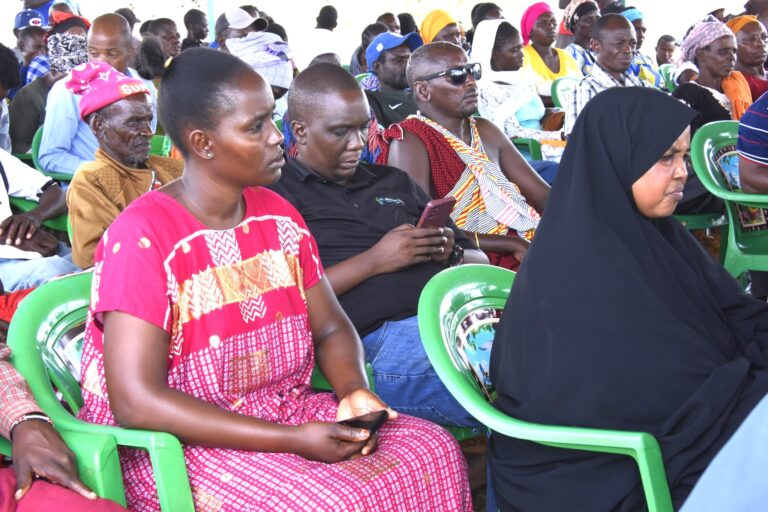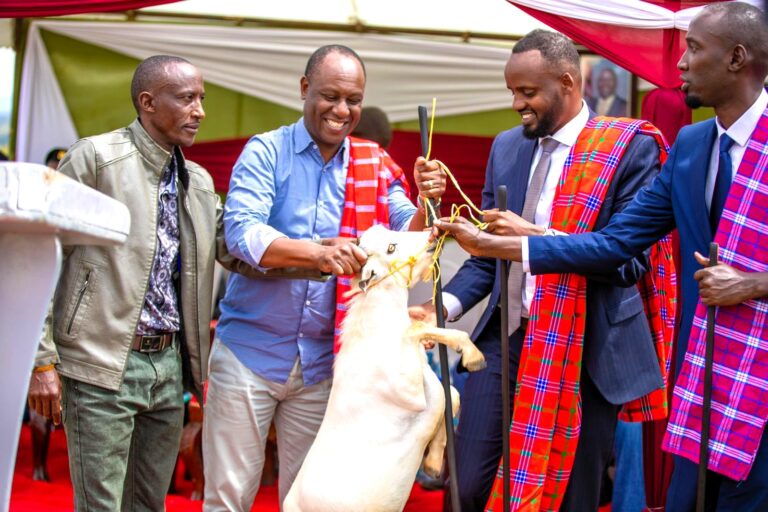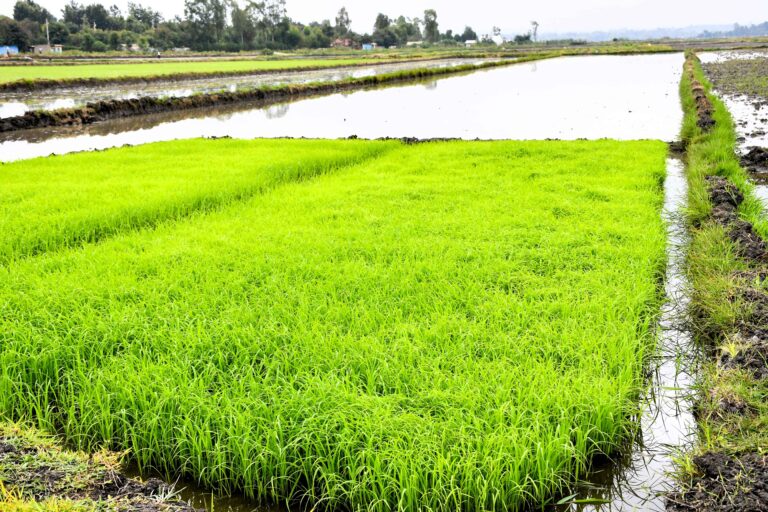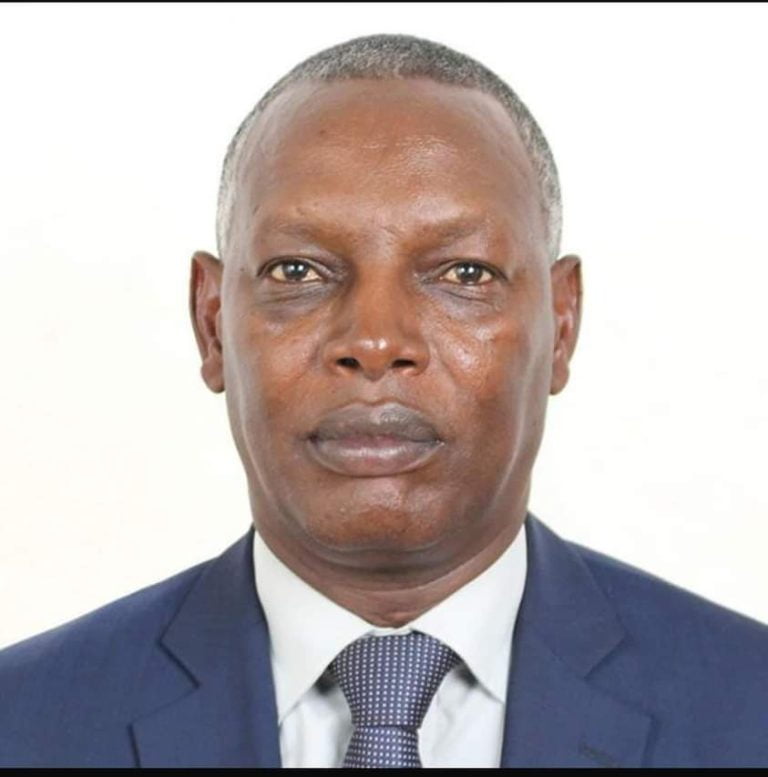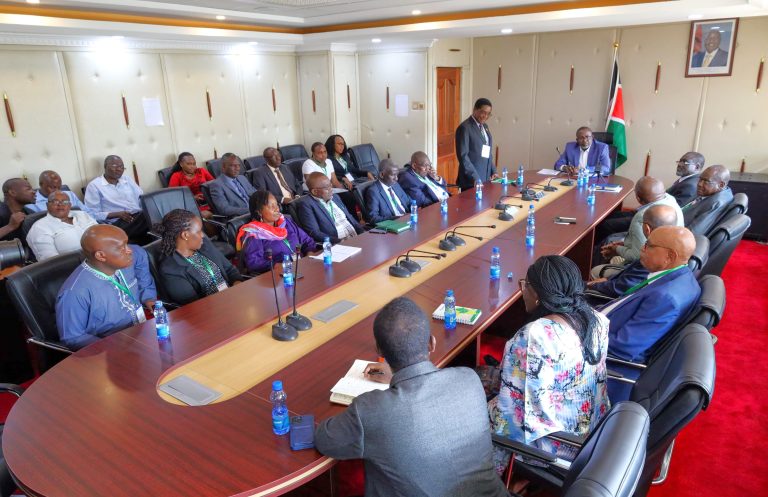The national government is set to roll out a new Animal Identification and Traceability System (ANTITRAC) aimed at improving livestock management, enhancing productivity, and reducing theft in the sector.
Livestock Development Principal Secretary Jonathan Mueke announced the initiative on Wednesday during the official opening of the Nambale livestock sale yard in Busia County. He said the system, currently in its pilot phase at government farms, will soon be expanded nationwide.
“Every animal will have a tag with a chip. The code from the tag, when keyed in, will provide the name of the animal owner, the weight of the animal and when it was born. It will also indicate the quantity of milk it produces and the type of vaccine it has received. This will make it easy for the market and even improve the price of the animal, which will be profitable to the farmers,” said Mueke.
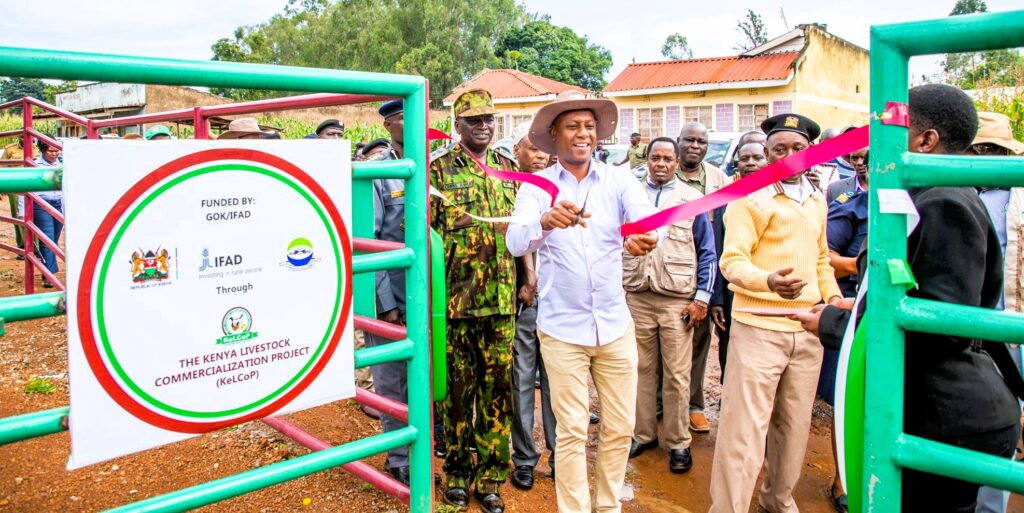
He noted that ANTITRAC is part of broader efforts to enhance the quality of livestock in the country and ensure Kenyan farmers benefit from a growing demand for animal products.
“The market demand for our animal products is high, but the challenge has been low productivity. We have the National Breed Improvement Programme through artificial insemination and embryo transfer. These interventions are done with a government subsidy to help improve the breeds of our farmers. This will also help them to meet the market demand on the quality and quantity of the produce required,” he added.
The Principal Secretary also praised the newly launched livestock market, saying it meets modern standards and would create employment opportunities across different sectors.
“This is a modern market, and I can confirm the quality is fine. The market has a quarantine area, a sale yard for cattle and goats, shade, stalls and officers. This project is going to create job opportunities for youth in all sectors, from transport, security, and casual work to the food sector. This is among the interventions the government is taking to create job opportunities for the youth of this country,” he said.
The KSh 23 million market was developed through a partnership between the national government and the County Government of Busia under the Kenya Livestock Commercialization Project (Kelcop).
Director of Livestock Production Bishar Fille Elmi highlighted the county’s significant involvement in livestock farming.
“In Busia County, we have 1.2 million poultry. We also have 217,000 cattle, 197,000 goats and 112,000 sheep. The animals are treated annually in this county; for instance, last year 72,000 cattle were treated, 96,000 sheep and goats and 100,000 poultry were also treated,” he said.
Busia County Executive Committee Member for Agriculture George Mukok said the new facility is expected to boost livestock production in the region and surrounding counties.
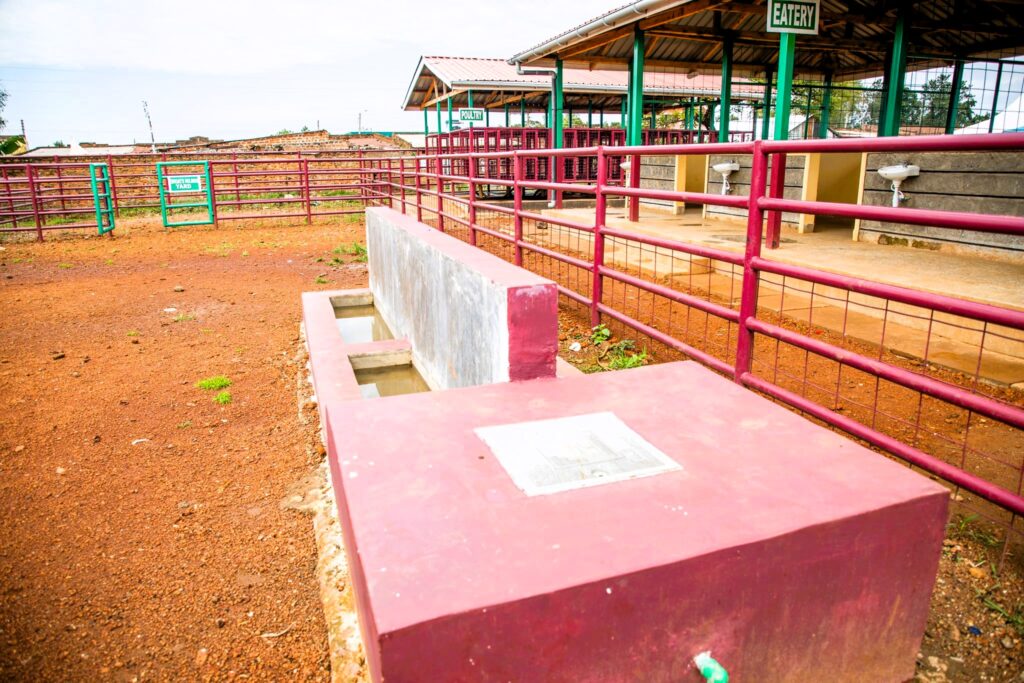
“We need to produce for ourselves to ensure the market continues to operate. This will now call for us to do more livestock production in our county and the neighbouring counties. The quarantine section in this market will ensure that only healthy animals are bought and taken out with a permit,” he said.
Mukok also emphasized the role of ANTITRAC in addressing livestock theft. “The identification initiative is going to play a key part in ensuring the safety of our livestock from home up to the market. My call to everyone in this country is to get into livestock and poultry keeping because we want to integrate everyone in this so that all of us can get the benefit that comes with this farming,” he said.
He further disclosed that the county government is drafting legislation to ensure a portion of the market’s revenue is retained to support its maintenance.
Busia County Commissioner Mwachaunga Chaunga urged residents to embrace farming to supply raw materials for upcoming agricultural industries.
“The government is investing much in this county in terms of industrialisation. We have the EPZ and County aggregation and industrial park at Nasewa, which are almost done. These industries will not be important if we don’t engage much in farming to provide raw material from sunflowers to cotton,” he said.
Nambale Market Management Committee Chairperson Jackline Musungu welcomed the new facility, saying it would help tackle theft. “As traders, we have been losing our livestock due to a lack of a holding place at the market. The modern market now provides a place for us, and this means our livestock will be safe when at the market,” she said.



